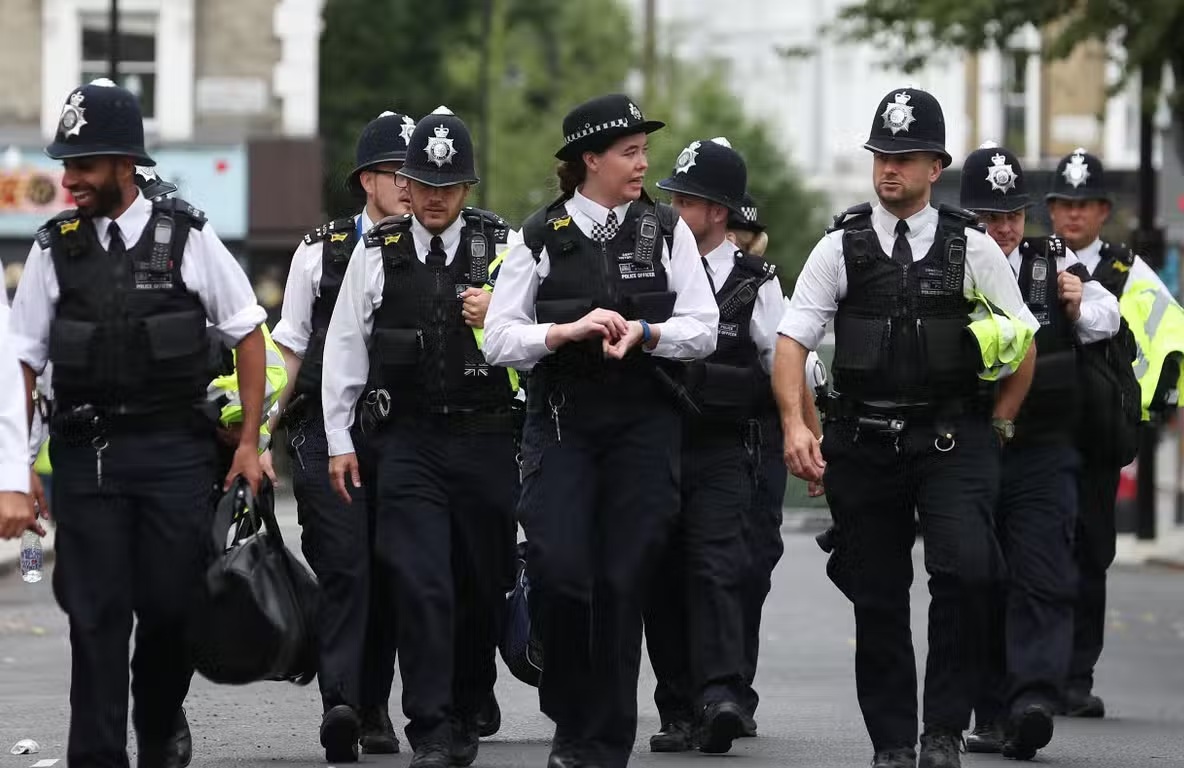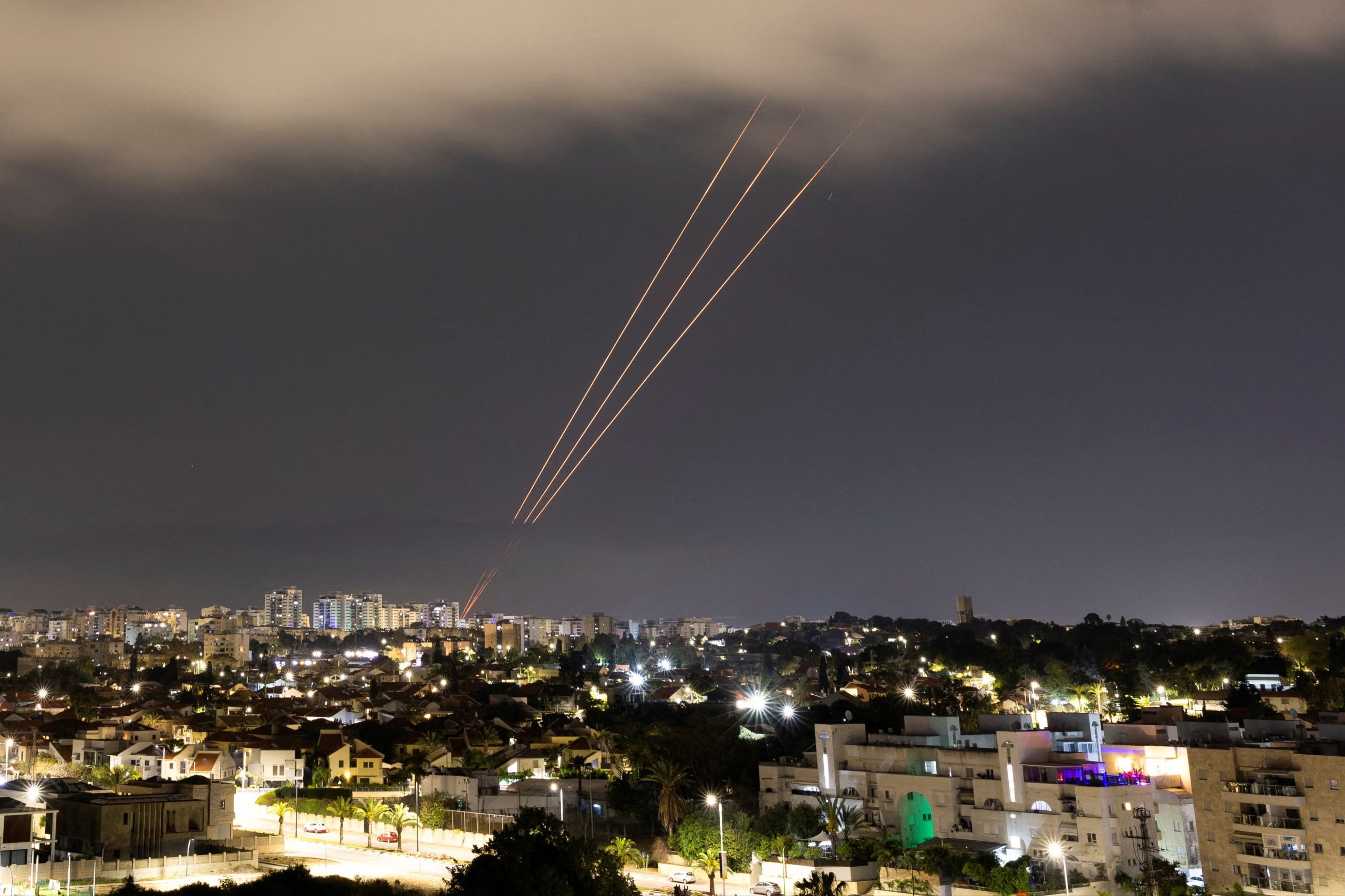Can ISIS regroup? Lessons from interviews with ex-ISIS fighters
As part of wider qualitative research on terrorist organisations, Vera Mironova has interviewed local and foreign fighters of ISIS (or Daesh), as well as people involved in the smuggling of fighters. She shares her insights into the different types of fighters, what happened to them and what they might do next.
The interviews were conducted by phone and during field work in Iraq, Syria and Turkey from 2013 to 2017, including while embedded with Iraqi Special Operations Forces during the Battle for Mosul in 2016-2017. The author has attended ISIS-related trials in Iraqi courts and continues to interview ex-foreign fighters currently hiding in Eastern Europe and Central Asia.
ISIS is not a territory on a map – it is a people group in search of a homeland, and as the last several years have proven, any piece of land from the Middle East to the Philippines will do. All it would take is enough dedicated and qualified members working towards this goal. So although the anti-ISIS coalition has succeeded in depriving ISIS of its territory in Iraq and Syria, a more important consideration is whether ISIS has also been deprived of enough of its manpower, both in and outside the combat zone, to truly be defeated. If not, would it be possible for ISIS to reinstate their numbers and begin again?
To truly understand the future of this armed organisation, it is necessary to understand the people who make up ISIS, what has happened to them, and what they might do next.
While many of the group’s local and foreign members were killed in action, some managed to survive. Local members who survived are now either in prison or in hiding. The same is true for surviving group fighters and supporters from abroad. But whether dead or alive, members of ISIS originally joined and supported the group for different reasons, and those reasons could help predict the future behaviour of those who remain.
Those who were killed
ISIS members killed during the anti-ISIS operations in Iraq and Syria fell into several categories, and died at different times, in different ways. According to fighters interviewed, a large proportion of those individuals who joined to die for jihad and were the most passionate about the group volunteered for the most dangerous (or even suicidal) missions, and were killed early in the conflict. Experienced fighters are observed to have been highly dedicated, often fighting until their last breath. In October 2017, when Raqqa had already fallen, I got in touch with one such fighter – a Russian-speaker from the Caucasus, who was still in Al Mayadin (Syria). Asked if he was planning to escape, he said no, he would fight until the end. The end came later that week when he and his family were killed in their house by an airstrike.
Anecdotal evidence from ex-fighters also indicates that young, inexperienced group members were killed in disproportionately high numbers, often paying for lapses in judgment and skill with their lives. Some even killed themselves by, for example, making mistakes while installing improvised explosive devices.
But not everyone who died in ISIS even fought. Some members had sold up everything and left their home countries for Syria with their families, moving to what they thought might be a utopian Islamic state. But once there, they were often unable to leave, trapped in a volatile environment with no connections and no money. After Mosul and Raqqa fell, the only way out was to be smuggled, which cost between $7,000 and $10,000 a person. Even if someone had that kind of money, they would have had no guarantee that the smuggler was not working for ISIS internal security (known as Amni), who would take their money and then kill them anyway.
Another group of people inside ISIS disagreed with the group’s leadership and were considered dangerous. These extremely religious fighters had grown dissatisfied with the ISIS brand of Islam and were either killed in ISIS prisons or – when a shortage of fighters arose – sent to the most dangerous frontlines. Among them were so-called ‘extremist’ takfiris (Muslims who accuse other Muslims of apostasy), who accused ISIS of being kafirs (unbelievers) when they realised the Islamic State was not the utopia they had dreamed of. According to one of these ‘extremists’, who managed to survive, it was common knowledge that others like him were sent from prison to fronts in Kobane, Deir ez-Zor and Hama. (This was confirmed by other interviews conducted with people in each of the three locations.)
Those who survived
A much smaller group of ISIS members survived – they are either in prison or in hiding. High-level group leaders understood that they faced a high risk of getting sentenced to death if caught, so they either successfully escaped or chose to die on the battlefield or – in the case of group members who were abroad – refused to surrender alive.
According to interviews conducted in Iraq with members of the armed forces, court judges and lawyers, those in prison are mostly low-level local fighters who surrendered or were taken alive. One example is a 30-year-old man from Mosul, whose trial I attended in Tel Kaif in January 2018: he had only been a member of ISIS for the last three months of the group’s occupation, having joined because he had run out of food for his family and ISIS was paying him 5000 Dinars (about $5) per day.
Outside the Middle East, ISIS supporters are also being arrested on terrorism charges. Some are true supporters, accused, for example, of spreading ISIS propaganda on the internet, or of facilitating of the transfer of fighters to the battlefield. Others actually wanted nothing to do with ISIS but are guilty by association having, for example, been arrested for sending money to relatives who were fighting in Syria, or for going to Syria to try to get their relatives out.
Any other remaining ISIS members are in hiding. Thanks to ISIS, this is not a big remnant – their policy was to kill, on the spot, anyone trying to escape from the group and imprison anyone heard discussing it. But, by self-selection, the small group of people who did make it out alive are potentially very dangerous.
These people are foreign fighters who escaped from ISIS at different stages. At the beginning, according to several foreign fighters I spoke to, these included individuals who absconded with significant amounts of the group’s funds, which ISIS had provided to buy military equipment or to conduct operations abroad. One former foreign fighter from the Caucasus remembers a special force being trained independently for future operations in the Caucasus. However, according to him, very few fighters joined – not only was the physical training very hard but many group members were against fighting abroad and instead wanted resources to be used to increase the quality of life in the caliphate.
A larger group of foreign fighters began leaving in 2014 and 2015, when ISIS was at the apex of its power. These were the ‘extremist’ takfiris, mentioned above. As they were against ISIS, which perceived them as a fifth column, they tried to escape the group just to survive – very few of them succeeded.
With the liberation of Mosul in August 2017, some ISIS leaders who understood their group would not recover from its territorial losses began to leave, taking large amounts of the group’s money with them – this enabled them to bribe their way out and, in the case of foreign ISIS leaders, buy themselves new documents.
Because of their anonymity, many Amni members were able to walk away. Not only did they have access to group funds but also many of them were not known to the anti-ISIS coalition, so they did not have to bribe their way out. Furthermore, while working for ISIS, they often wore masks, so once they were free, other fighters and local civilians did not recognise them.
What next?
Many of the group’s local leaders are still alive and free and have the group’s money. That will allow them not only to stay safe, but also to support ISIS fighters’ widows and children. In the meantime, local fighters who escaped but are known to local authorities are forced to live in hiding, in rural areas, even if they might prefer to demobilise. Some may continue to participate in insurgency operations. Unknown members of Amni are able to hide in towns and could potentially prepare for new major urban operations.
As for top-level foreign leaders and Amni members who were able to flee, their experience and connections could allow them to re-establish the group in their new location. Because of its perceived effectiveness, the ISIS brand may still attract new members who may have grievances in their home country.
At the same time, low-level fighters in prison in Iraq and Syria as well as other countries may be released over the next decade, according to lawyers interviewed in Iraq and Russia. Prison guards and investigators are already concerned that further radicalisation and coordination will be ongoing in prisons, as was the case during the presence of the United States-led military coalition in Iraq with prison camps such as Camp Bucca (where a detention facility was run by the US military from 2003 to 2009). In addition, the children of ISIS fighters will be of fighting age by the time their fathers may be released and could potentially add fresh blood to any reorganised group’s manpower.
Former members who left ISIS because they disagreed with the group’s ideology or tactics are very successful in explaining to prospective ISIS supporters why the organisation did not live up to their expectations. However, because they are in hiding without documents or any means to support themselves, their future options are limited, and often fighting is their only qualification. That makes them easy prey for criminal networks. According to one former foreign fighter, some of his comrades were already involved in illegal debt collection and burglary.
The picture that emerges from this qualitative research of former ISIS fighters indicates that a comprehensive approach is needed to prevent the next ISIS from developing. This could include taking steps to try to prevent ISIS members in prison from organising and radicalising other prisoners; strengthening international cooperation and intelligence-sharing to track down former fighters; and considering de-radicalisation and reintegration programmes. Where possible, it would be advisable to seek to address some of the underlying issues, such as quality of life and discrimination, which may have contributed to the growth of ISIS and attracted foreign fighters in the first place.
Vera Mironova is an International Security Program fellow at Belfer Center (Harvard Kennedy School) conducting research on terrorist organisations.
What is published in NATO Review does not necessarily represent the official position or policy of member governments, or of NATO.
Nato Home page




